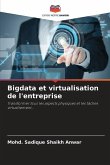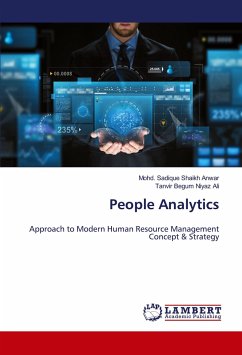Bigdata virtualization requires understanding the general principles of virtualization as a whole. The essential idea with virtualization is that heterogeneous or distributed systems are represented as complex systems through specific interfaces that replace physical hardware or data storage designations with virtual components. For example, in hardware virtualization, software makes a system of physical computers into a system of "logical," or virtual, computers. One way to think about a big data virtualization resource is as an interface that's created to make big data analytics more user-friendly for end users. Some professionals also explain this as creating a "layer of abstraction" between the physical big data systems, i.e. where each bit of data is individually housed on computers or servers, and creating a virtual environment that is much easier to understand and navigate. Big data virtualization aims to combines all of these distributed locations into one easy virtual element. The business world has developed a sophisticated set of big data analytics tools, but not all of them support the principle of big data virtualization. hence this book is assisted to concepts.
Bitte wählen Sie Ihr Anliegen aus.
Rechnungen
Retourenschein anfordern
Bestellstatus
Storno








